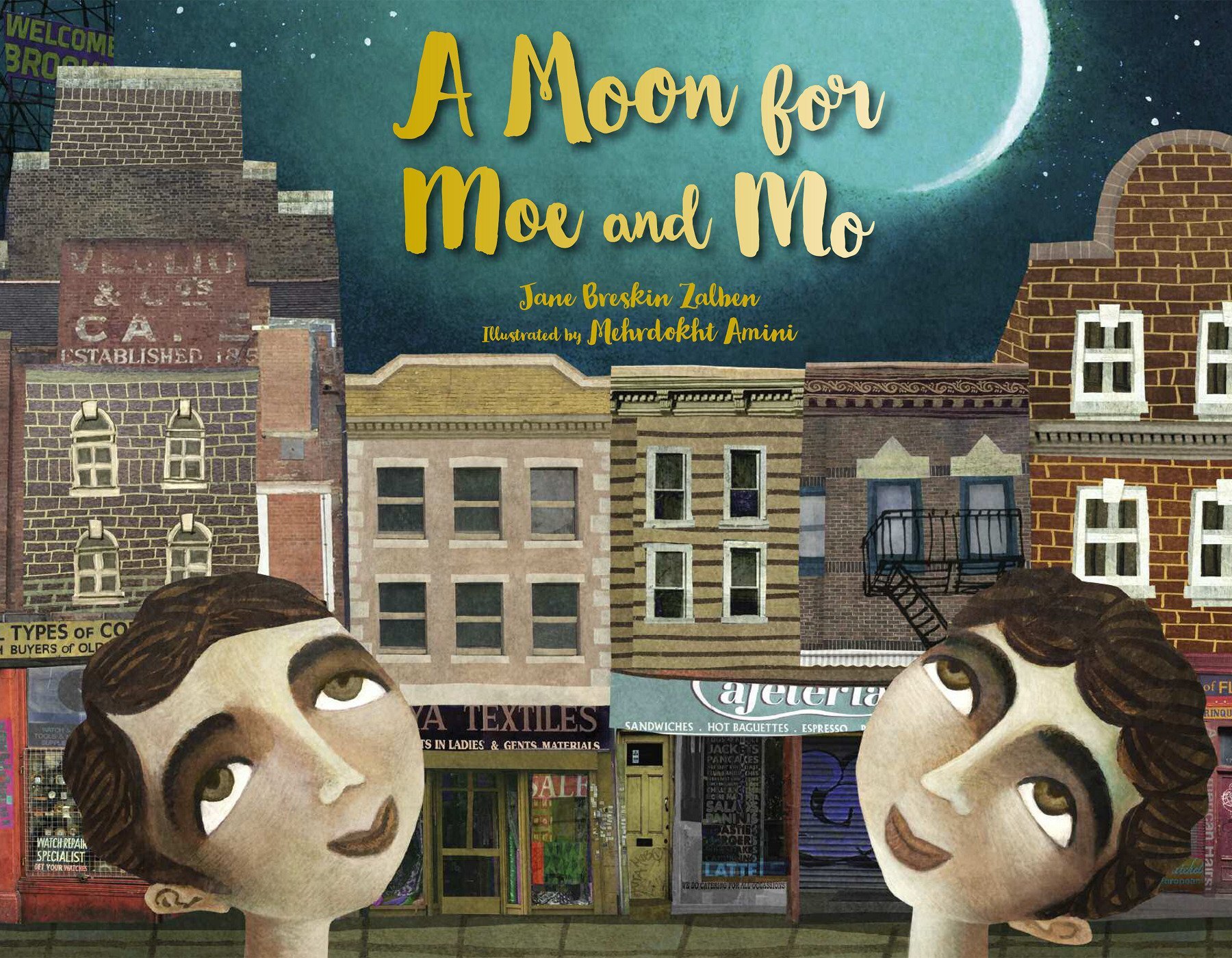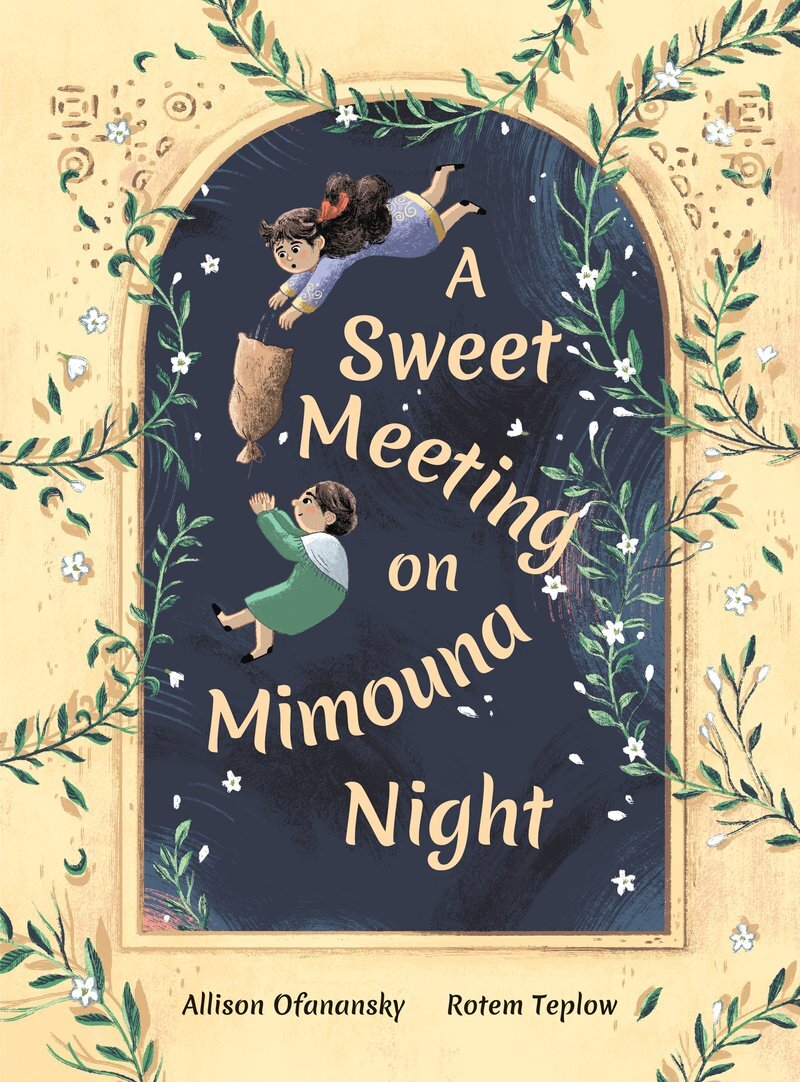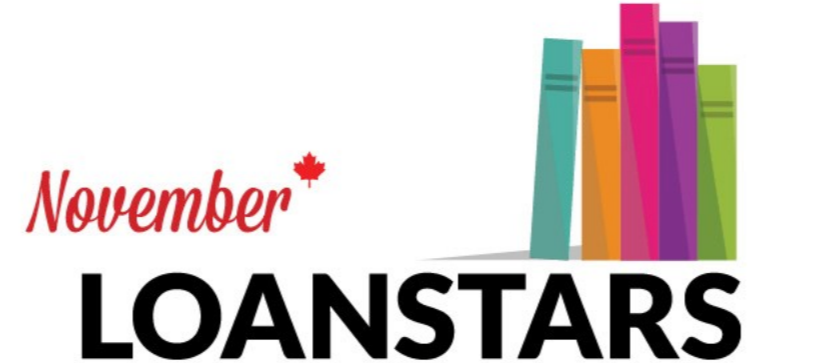This blog post continues our series where we’ll demonstrate how to highlight diverse book content using the Thema subject classification system. You can review our blog coverage of Thema here, and follow this series here.
In case you didn’t read our first instalment, here’s the main reason why we at BookNet are fans of the Thema subject classification system: compared to BISAC, Thema can communicate more granular and specific information about a book’s content which allows data senders and data recipients to share and display information about a book that represents a more diverse and inclusive range of content ripe for discovery by a marketplace that demands it.
New to Thema? Learn more about the basics here.
Thema: real life examples
As mentioned in the first post of this series, we’ll be sharing EDItEUR’s “worked examples” included in their Diversity and inclusion — using Thema and ONIX to improve discoverability report. Where possible, we’ve complemented those examples with Canadian titles and categorized accordingly. Please note that they don’t necessarily represent the actual codes chosen by the publishers; they’re meant to stimulate discussion and reflection rather than being authoritative statements of the correct way to categorize the particular books listed.
Example: A Moon for Moe and Mo by Jane Breskin Zalben, Illus. by Mehrdokht Amini from Penguin Random House
Theoretical subject categorization:
YBCS – Picture storybooks
YXHB – Children’s / Teenage personal and social topics: Friends and friendship
YNMD – Children’s / Teenage general interest: Celebrations, holidays, festivals and special events
YNRJ – Children’s / Teenage general interest: Judaism
YNRP – Children’s / Teenage general interest: Islam
Accompanying qualifiers:
5AD – Interest age: from c 4 years old
5HPK – Ramadan
5HPW – Rosh Hashanah
5PGJ – Relating to Jewish people and groups
5PGP – Relating to Islamic / Muslim people and groups
1KBB-US-NAKCB – Brooklyn
Rationale:
This is a book aimed at younger children that tells the story of an interfaith friendship that develops when Rosh Hashanah, the Jewish New Year, overlaps with the Muslim holiday of Ramadan, an occurrence that happens only once every thirty years or so. As this is primarily a picture book, where the illustrations are as important as any text, “YBCS – Picture storybooks” should be the main subject category.
The major theme of the story is the friendship between two boys from different cultural backgrounds, so “YXHB – Children’s / Teenage personal and social topics: friends and friendship” should be here; friendship is a major theme in titles for children and teenagers and so this category can be combined with fiction categories.
The “YNMD – Children’s / Teenage general interest: Celebrations, holidays, festivals and special events” indicates that this title is also about holidays and this information is complemented by using the two qualifiers: “5HPW – Rosh Hashanah” and “5HPK – Ramadan”. These 5H* – Holidays, events and seasonal interest qualifiers flag that a title is about or is relevant to a particular holiday in some way. This is not a way of saying that this book is an ideal gift for this holiday.
It’s important to note that these are not marketing qualifiers but should be thought of as aspects of the metadata that a publisher would want permanently associated with a title. 5PGJ and 5PGP could also be added for completeness and to allow for discoverability in facetted or filtered searching.
The story takes place in Brooklyn, New York, so the Thema place qualifier “1KBB-US-NAKCB – Brooklyn” should be present. This allows people to find books that take place in or feature this area or for those who do not want that level of detail, the code one level above is 1KBBUS-NAKC for New York City, or as the qualifier always includes the core country code “1KBB – USA”, a retailer could simply put this in a section about the USA, it all depends what level of detail the data receiver wants, but the use of such detailed qualifiers gives the end user a choice.
Canadian market example: A Sweet Meeting on Mimouna Night by Allison Ofanansky, Illus. by Rotem Teplow from Groundwood Books
Publisher-provided keywords:
religion; traditions; celebration; neighborhood and community; overcoming differences; Passover; Muslim; Jewish; religious holidays; sharing; acceptance; tolerance; respect for community; inclusive; cooperation; summarizing; questioning; synthesizing; Common Core aligned; CC Literature Key Ideas and Details; CC Literature Craft and Structure; grade 1; grade 2; picture book; recipes; authors note; Morrocco; moufleta; matzah; Fes; Fez; Jerusalem
Publisher-provided BISAC subjects:
JUVENILE FICTION / Religious / Jewish
JUVENILE FICTION / Holidays & Celebrations / Other, Religious
JUVENILE FICTION / Religious / Muslim
JUVENILE FICTION / Social Themes / Friendship
Theoretical subject categorization:
YBCS – Picture storybooks
YFN – Children’s / Teenage fiction: Family and home stories
YXHB – Children’s / Teenage personal and social topics: Friends and friendships
YNMD – Children’s / Teenage general interest: Celebrations, holidays, festivals and special events
YNRJ – Children’s / Teenage general interest: Judaism
YNRP – Children’s / Teenage general interest: Islam
Accompanying qualifiers:
1HBM – Morocco
5AD – Interest age: from c 4 years
5HPV – Passover (Pesach)
5PGJ – Relating to Jewish people and groups
5PGP – Relating to Islamic / Muslim people and groups
Rationale:
A review of the marketing copy, particularly the opening sentence of the description, gave us this wonderful list: sweet story (emphasized by the title); set in Morocco; story of friendship; shared customs; Jewish family and Muslim neighbour; Moroccan Jewish holiday of Mimouna (end of Passover); food and party; includes a recipe for moufletot.
The book has an illustrator and an audience range from 4 to 8 years old, but from the accompanying metadata, we weren’t sure if it was a picture book or not. A check of the publisher website found images that confirmed it was, so we followed Thema’s guidance and made the main subject “YBCS – Picture storybooks”. Given this, adding an Illustration composite with details and a Product Form Detail of “B221”, Picture book would be highly recommended.
This is a book where the details are all in the qualifiers providing the distinct flavour for the subjects. If it wasn’t a picture book, we’d go for “Children’s / Teenage fiction: Family and home stories” for the main subject — any book with a holiday recipe is all about home to our minds. Furthermore, we think this is a book about families in a religious culture as opposed to any specific religion, hence why we didn’t suggest using FW Religious and spiritual fiction as a subject.
There were some additional Thema codes we considered using. Many were general subjects and, as noted in example #1, they should only be used if they really add something and no similar Children’s subject is available. We find using the general list as a tool to play off the Children’s list useful. In case you were curious, these are the subject categories we discarded:
YFK - Children’s / Teenage fiction: Religious fiction
YXP - Children’s / Teenage personal and social topics: Diversity and inclusion
FXR - Narrative theme: Sense of place
FS - Family life fiction
JBSR - Social groups: religious groups and communities
QRAF - Interfaith relations
Want more worked examples?
To read more examples as they’re posted, subscribe to our weekly eNews or nab the RSS feed for our blog.















The top selling books since SalesData started tracking 20 years ago!